Michael (Mike) Seyfert was selected as NGFA’s top executive staff officer effective March 1, 2021. As President and CEO Seyfert leads NGFA in representing more than 700 member companies and cooperatives including country elevators, export elevators, feed mills, merchandisers, brokers, biofuels, and allied industries including railroads, barge and trucking lines, grain exchanges, seed companies, construction and design firms, technology and insurance providers.
Seyfert has extensive corporate and government experience, previously serving as director of government and industry affairs North America for FMC Corp. Prior to joining FMC in February 2014, Seyfert worked from 1997-2013 on the staff of former Sen. Pat Roberts, R-Kan., capped by serving two years as staff director of the Senate Agriculture, Nutrition and Forestry Committee from 2011-13. He also was Roberts’ legislative director from 2005-11. Seyfert worked on numerous issues including agriculture, trade, taxes, appropriations, highways, aviation, health care and homeland security. During his Capitol Hill career, Seyfert also represented the U.S. Senate on official government missions to Australia, Canada, China, Cuba, Singapore, Taiwan and Vietnam.
Seyfert received his undergraduate degree summa cum laude in agricultural economics and was a member of the Agriculture Honors Program at Kansas State University, Manhattan, Kan., and subsequently earned a master of public administration degree from The George Washington University in Washington, D.C. Among various honors, he was selected for the FMC Keys to Leadership Program for those considered to be among the company’s 25 emerging leaders globally, received the CropLife America Pillar Award, was a Stennis Bipartisan Congressional Staff Fellow, received the Friend of Wheat award from the National Association of Wheat Growers on several occasions, and was named the 2017 Outstanding Young Alumnus of the Kansas State University College of Agriculture.
Seyfert serves as Co-Chair of the Ag. CEO Council, which includes the leadership of twenty-five national producer, commodity and agribusiness associations. He also serves on the Management Council of the International Grain Trade Coalition and is a Farm Foundation Roundtable Fellow. He previously served as President of the Washington, DC area Kansas State University Alumni Club and as Treasurer of the Senate Employee Child Care Center’s Board of Directors.
Seyfert was the fourth generation raised on the family farm. He is married to Christy Cromley Seyfert, the sixth generation raised on her family farm in Georgia. She serves as the President and CEO of the Farm Credit Council based in Washington, DC. They maintain ownership and assist in management of a crop and rangeland farm in Kansas. The couple has two daughters – Sydney a sophomore at the University of Tennessee – Knoxville and Madison a high school senior – and reside in Alexandria, Va.
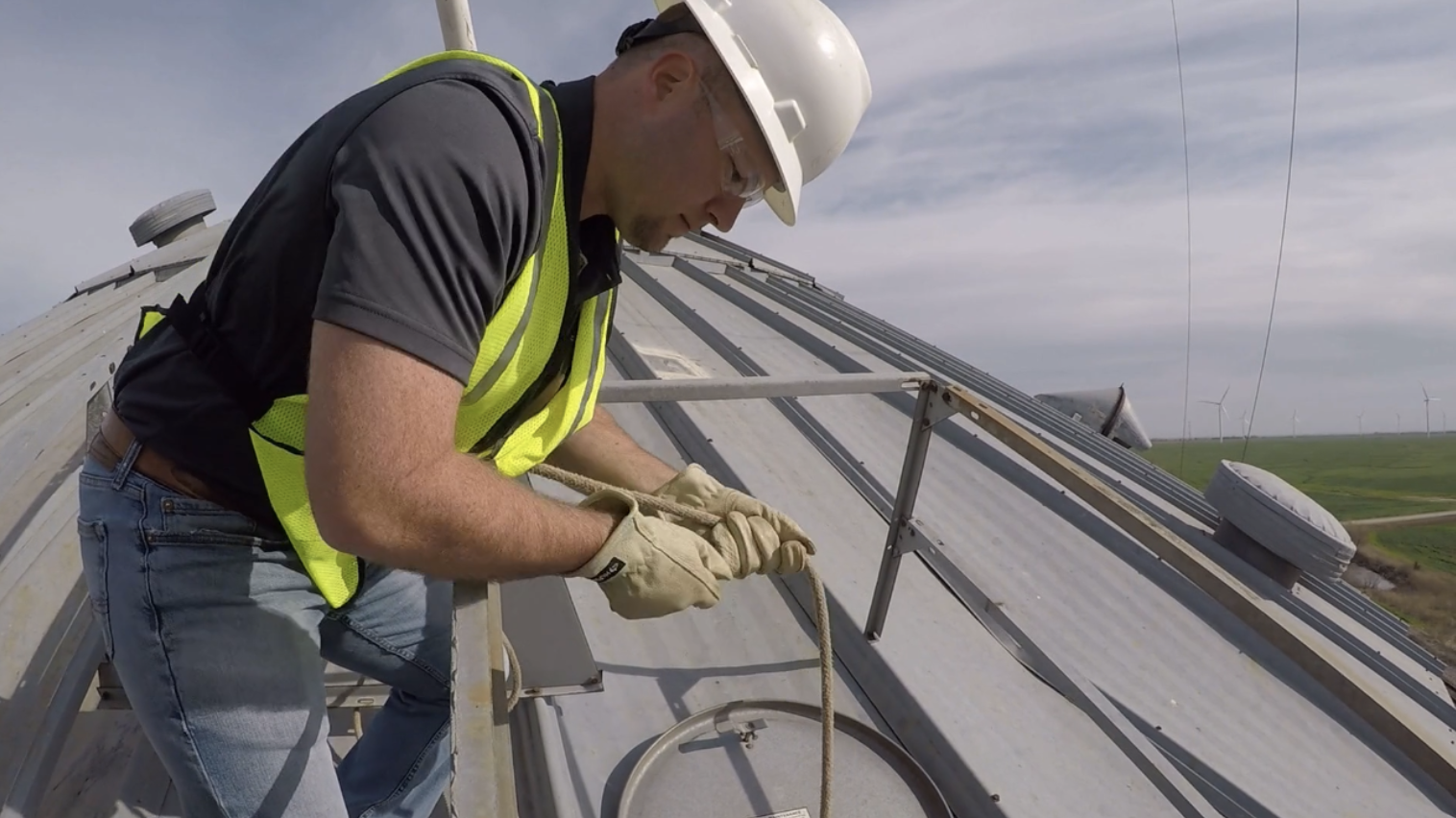

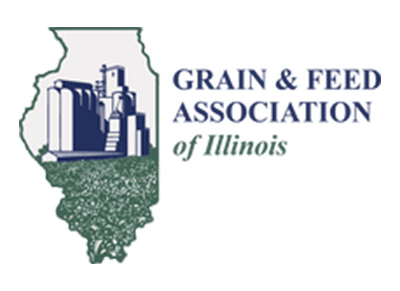
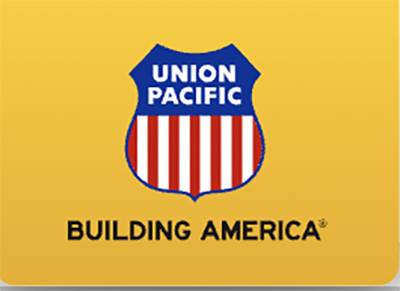
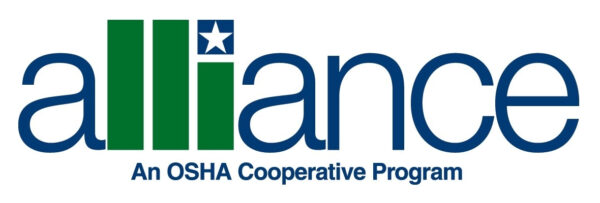 OSHA and NGFA Alliance
OSHA and NGFA Alliance










 First Vice Chairman: Brian Schouvieller
First Vice Chairman: Brian Schouvieller Second Vice Chairman: Augusto Bassanini
Second Vice Chairman: Augusto Bassanini Chairman: Chris Boerm
Chairman: Chris Boerm